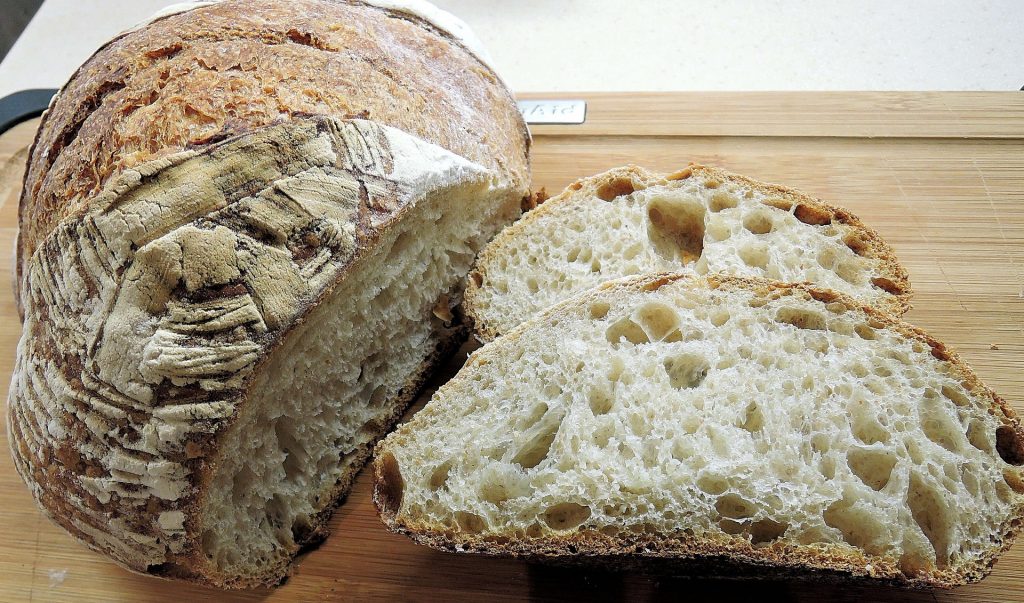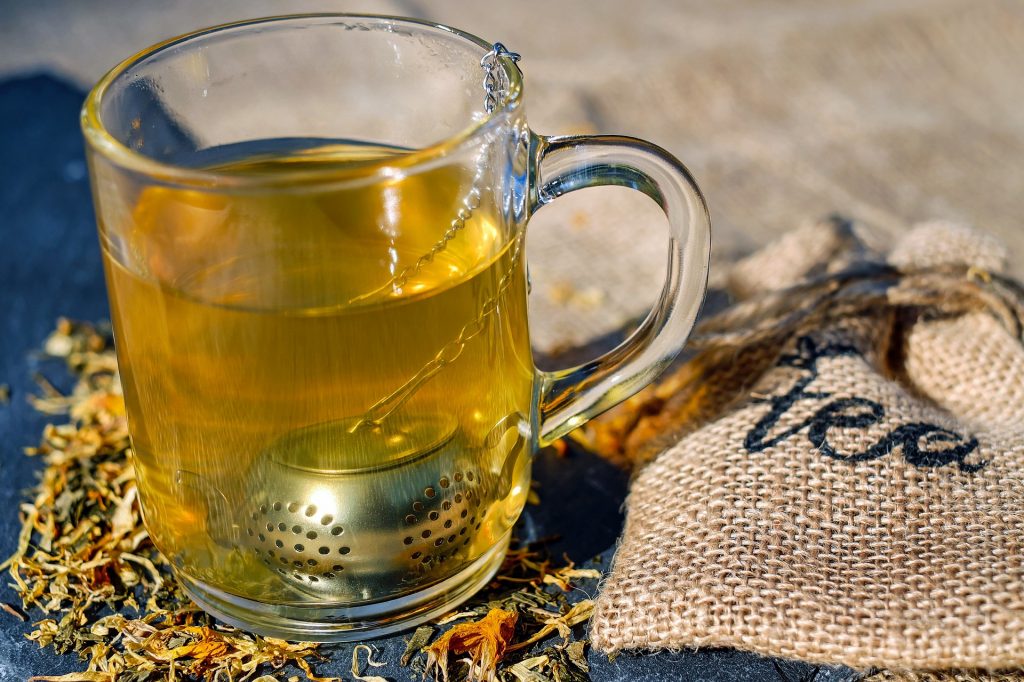 Gamma aminobutyric acid (GABA) is an amino acid neurotransmitter found in the brains of mammals and other animals. GABA is synthesised by humans and is therefore not essential in the diet. GABA is an amino acid, but it is not incorporated into protein, instead it has a specialised role as a neurotransmitter in the brain and central nervous system. The role of GABA is highly complex, but in general terms the neurotransmitter is involved in decreasing excitatory pathways in the brain, and in this way has a calming influence of mood. When released from neurones, GABA binds to the GABAA receptor on adjacent neurones and this causes the opening of chloride channels. This lowers the membrane potential of the neurones and reduces the chance that an action potential will fire. By doing this the neuronal activity of the brain is reduced. Benzodiazepine drugs bind to the GABAA receptors and mimic the effects of GABA in animals and humans, and this is the basis of their therapeutic use to treat anxiety.
Gamma aminobutyric acid (GABA) is an amino acid neurotransmitter found in the brains of mammals and other animals. GABA is synthesised by humans and is therefore not essential in the diet. GABA is an amino acid, but it is not incorporated into protein, instead it has a specialised role as a neurotransmitter in the brain and central nervous system. The role of GABA is highly complex, but in general terms the neurotransmitter is involved in decreasing excitatory pathways in the brain, and in this way has a calming influence of mood. When released from neurones, GABA binds to the GABAA receptor on adjacent neurones and this causes the opening of chloride channels. This lowers the membrane potential of the neurones and reduces the chance that an action potential will fire. By doing this the neuronal activity of the brain is reduced. Benzodiazepine drugs bind to the GABAA receptors and mimic the effects of GABA in animals and humans, and this is the basis of their therapeutic use to treat anxiety.

Sourdough bread is sour because of the presence of acids from acid forming bacteria. These bacteria can also synthesised GABA from glutamic acid, via the enzyme glutamic acid decarboxylase. Sourdough bread therefore has high levels of GABA compared to other bread. Other food that undergo fermentation steps by acid forming bacteria may also contain high amounts of GABA.
There are a number of ways to obtain GABA from the diet naturally and a number of dietary components that can mimic its effects. These methods are not associated with the same levels of side effects as seen with pharmaceutical drugs and they involve eating foods. One of the best ways to obtain GABA from the diet is to eat foods that have been fermented by acid producing bacteria. This is based on the fact that GABA can be synthesised by microorganisms undergoing fermentation. As with humans, microorganisms synthesise GABA from another amino acid called glutamic acid, and this reaction is catalysed by the glutamate decarboxylase enzyme. Optimal synthesis of GABA by microorganisms in foods therefore occurs at optimal conditions for this enzyme. The acid forming bacteria such as lactobacillus are the major GABA producing microorganisms. Sourdough bread is a a high acid bread that has been shown to contain high amounts of GABA due to the fermentation that occurs during its manufacture.
Therefore fermented foods tend to contain higher amounts of GABA that non-fermented foods. Other examples of fermented foods that contain GABA include kefir, kimchi, miso, sauerkraut, tempeh and yogurt. As with sourdough, the GABA forms because of the fermentation processes that occurs during the manufacture of these foods. GABA tea is a special form of tea that contains higher concentrations of GABA compared to normal tea. The GABA content of any tea can be increased by allowing fermentation to occur within the tea leaves. All ters contains some GABA as both glutamic acid and the enzyme glutamic acid decarboxylase are present in tea leaves. A special fermentation step, under conditions of low oxygen is able to significantly increase the synthesis of GABA, producing a high GABA tea. Studies have investigated the GABA content of GABA tea and shown that it contains nearly 4 times more GABA than other teas such as Pu-erh tea, green tea, black tea and oolong tea.

Flavonoids can activate the GABA receptor. Tea is a good source of flavonoids, and is particularly rich in flavonoid belonging to the subgroups flavan-3-ols and flavonols. Flavan-3-ols and flavanols may activate the GABAA receptor in the same way as the benzodiazepine drugs, causing a general calming effect in the brain. They may therefore be an effective treatment for anxiety related disorders.
Another dietary strategy to take advantage of the GABA neurotransmitter system is to consume a diet high in flavonoids. Flavonoids may have a particular affinity for the GABAA receptor and may activate the receptor in the same ways as the benzodiazepine drugs. Experimental evidence suggests that certain flavonoids may displace diazepam from its binding site on the GABAA receptor. Therefore flavonoids appear to have an affinity for the receptor that is higher than diazepam in some cases. Activation of the GABAA receptor by flavonoids has been evidenced and this action can be blocked by the GABAA inhibitor flumazenil. The flavones, which include apigenin, luteolin and chrysin, appear to have a particularly high affinity for the GABAA receptor, which may explain the anti-anxiety effects of herbs containing high amounts of flavones. High flavonoid foods such as tea, chocolate, berries and wine may therefore have the potential to activate the GABA system and induce significant anxiolytic effects.
Eat Well, Stay Healthy, Protect Yourself
RdB
